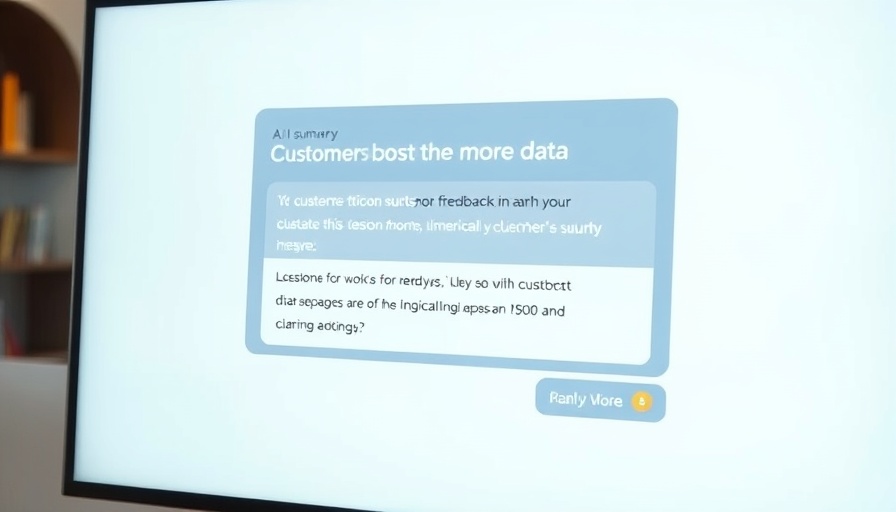
Unlocking the Potential: Why Your Business Needs a Learning Management System (LMS) RFP
In today’s fast-paced business landscape, continuous learning is not just an option; it’s a necessity. For companies scaling operations, especially those generating between $2 million to $10 million in annual revenue, implementing a Learning Management System (LMS) can significantly enhance employee development, align with HR strategies, and foster a robust company culture. Writing a Request for Proposal (RFP) for an LMS ensures that your organization makes informed and strategic decisions while navigating the complexities of software procurement.
The Essentials of a Well-Structured RFP
A well-crafted RFP serves multiple purposes: it delineates your organizational goals, defines must-haves and nice-to-haves, and sets a clear selection criterion that vendors must follow. This formal document facilitates apples-to-apples comparisons of bids, which is vital when evaluating options. Essential components to include are Single Sign-On (SSO) capabilities, integration with existing Human Resource Information Systems (HRIS), and robust reporting functionalities.
More importantly, your RFP should highlight the necessary specifications for scale. For instance, if your planned rollout involves 1,000 learners and requires multiple environments for testing, ensure those parameters are clearly articulated in the document to avoid any misunderstandings later.
When to Issue an RFP: Are You Ready?
Determining when to issue an RFP can shape the success of your LMS implementation. You will benefit from an RFP if your organization faces any of these scenarios:
- Complex compliance requirements (HIPAA, GDPR, etc.)
- Heavy integration needs across various platforms such as CRM and data warehouses
- A significant budget commitment with potential long-term consequences
However, if your business has simple needs—such as a self-service LMS for fewer than 200 users—it may be more efficient to skip the formalities of an RFP. Instead, focus on a shortlist of options and proceed quickly with pilot programs.
Common Misconceptions About RFPs
One of the common myths about RFPs is that they are only for large enterprises with extensive budgets. In reality, even small businesses can harness the power of RFPs to gain clarity and avoid costly mistakes. This strategic document not only saves time in the vendor selection process but also focuses on the specific outcomes your team wants to achieve, which is crucial for any scaling business.
Actionable Insights: Improving Your RFP Process
Consider these actionable tips to improve the RFP process for your LMS:
- Include a cover letter that summarizes your company’s vision and goals regarding employee development.
- Engage stakeholders across departments so the RFP reflects diverse needs and expectations.
- Be transparent about your budget to help vendors tailor their proposals effectively.
By approaching your LMS RFP with clarity and intention, you will empower your organization to enhance its operational infrastructure and drive effective learning culture.
Conclusion: Take the Next Step
In summary, crafting a thoughtful RFP for a Learning Management System is not just a process; it's an opportunity to position your company for growth, adaptability, and a thriving workplace culture. Equip your team with the right learning tools by taking the plunge and embarking on this strategic journey. Start today by organizing an internal meeting to evaluate your current learning environment and discuss the next steps toward a successful LMS implementation.
 Add Row
Add Row  Add
Add 



Write A Comment